In 1928, during her time fighting supernatural evil as
The Love Bug, actress and secret warrior in the battle of good vs. evil, Bessie Love liberated a Gourdian from enslavement by an evil necromancer. She posed with him for a portrait, and he visited her and her family every Halloween for the rest of her life.
THE GOURDIANS
Tens of thousands of years ago, during the height of the Atlantean civilization on Earth, a misfired experiment in pushing the boundaries
the Aeromancy and Biomancy magical disciplines flooded a pumpkin patch with magic and brought into existence a whole new species of beings. The Atlanteans named them "Gourdians" and the beings didn't really care what others referred to them as, so the name stuck.
Most of the Gourdians exist in a non-corporeal state, drifting through the boundaries between this universe and parallel realties, as well as this plane of existence, the spiritual realms, and the dimension that the
Witchkind call home (generally considered part of the Realm of Fairies). They appear like floating, ghostly pumpkin with feet and occasional hats. They also manifest spindly arms with three-fingered hands when they need to wave or give someone the middle finger. Their faces appear as if they were carved out of their surface and it appears like there is a bright light glowing within them.
Once a year, when the dimensional veils are weakened during the time some mortals describe as October 30th through November 2nd, the Gourdians cross over onto the Earth plane. While here, they are semi-corporeal, and they can interact with our world to a limited extent.
GOURDIAN STATS AND ABILITIES * Gourdians appear in groups of 3d4-2.
* Gourdians have a base Intelligence, Wisdom, and Charisma scores of 8, but each increases by 1 for each Gourdian that is assembled together (to a maximum of 18).
* Gourdians have 1 rank in all existing skills (attribute bonuses apply when appropriate).
* Gourdians are treated like 12th-level Fast Heroes (Rogues) for puroses of saving throws and attack rolls.
* Gouridans have 12 hit points. When reduced to 0 or less, they do not die, but instead become non-corporeal and are banished back to the spaces between dimensions.
* They can lift objects using the
telekinesis spell, as a spell-like ability, at will. The can also use telekinesis offensively twice per day, four times on October 30th through November 2nd.
* When non-corporeal, Gourdians cannot be harmed nor can they do anything but observe their surroundings. They are invisible except to true seeing spells and spell-like abilities. They cannot be harmed in this state, except with a
wish spell... and the only thing that can be done is that they must be
wished out of existence.
* Gourdians can use
fear as a spell-like ability twice per day, four times on October 30th through November 2nd.
* Gourdians can use
planeshift as a spell-like ability twice per day, four times on October 30th through November 2nd.
* Gourdians have a permanent
true seeing ability, and they can look into any dimension adjecent to the one they are currently in.
* Gourdians can cast
bless or
curse as spell-like abilities twice per day, four times on October 30th through November 2nd.
* Gourdians may grant a worthy person up to three wishes on October 31. (They usually do this for those who have sacrificed a great deal to to good deeds, or who combat evil against all odds.)
* Gourdians may initiate mental contact with any intelligent being that is within their lines of sight. The target hears a distant whisper, and the GM is to ask if the target chooses to listen. They can carrying on a mental conversation with a willing target for as long as 13 minutes, making themselves automatically understood in the target's native language. Only one Gourdian can be in contact with a target at a time, and they can only contact a single individual at a time. Unwilling targets may roll a Will save; if the save is successful, the Gourdian still makes contact but can only communicate for three minutes.
Gourdians usually contact people they want to help, warn, or, in the case of evil beings who have incurred their wrath, terrorize... but sometimes they just want to chat or tell jokes. (They
love telling bad jokes.)
 |
| One of the Witchkind, who is not amused by this Gourdian's jokes |
GOURDIANS IN PLAY
Gourdians like spending time on Earth, especially on Halloween. Although they usually just hang around the Witchkind, they will sometimes roam far and wide, helping heroes and making life difficult for villains.
Gourdians can be trapped using a special variant of the
lesser planar binding spell and a specially prepared lamp (oil-burning or one that takes a candle). A single Gourdian can be trapped in a lamp, and the person who trapped it can force it to use its spell-like abilities on targets he or she specificies until the Gourdian has been forced to use three
wishes. If the Gourdian is commanded to harm an Atlantean, one of the Witchkind, or other Gouridans, it is freed and will attack the person who trapped it. The Gourdian can also be liberated if the lamp holding it is smashed or targeted with
dispel magic. A freed Gourdian will offer to grant
wishes to the person who freed it.







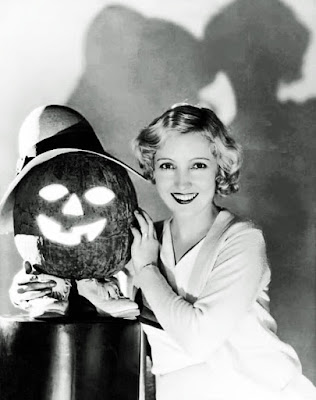


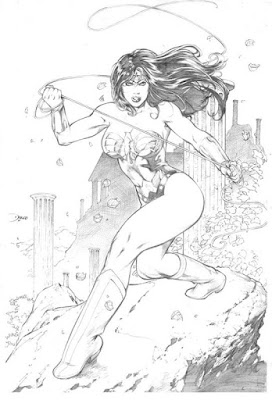


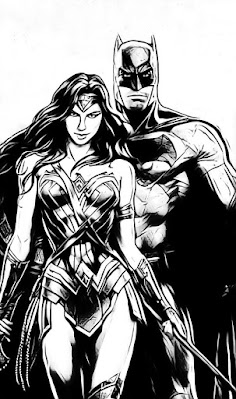


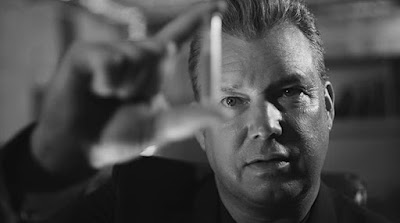




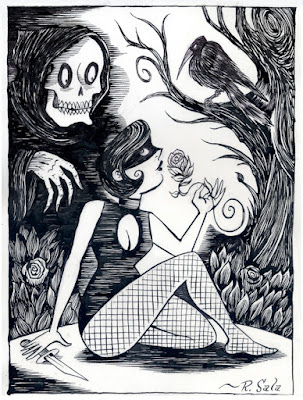

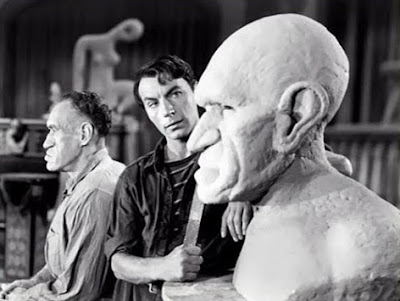













.jpg)






.jpg)
